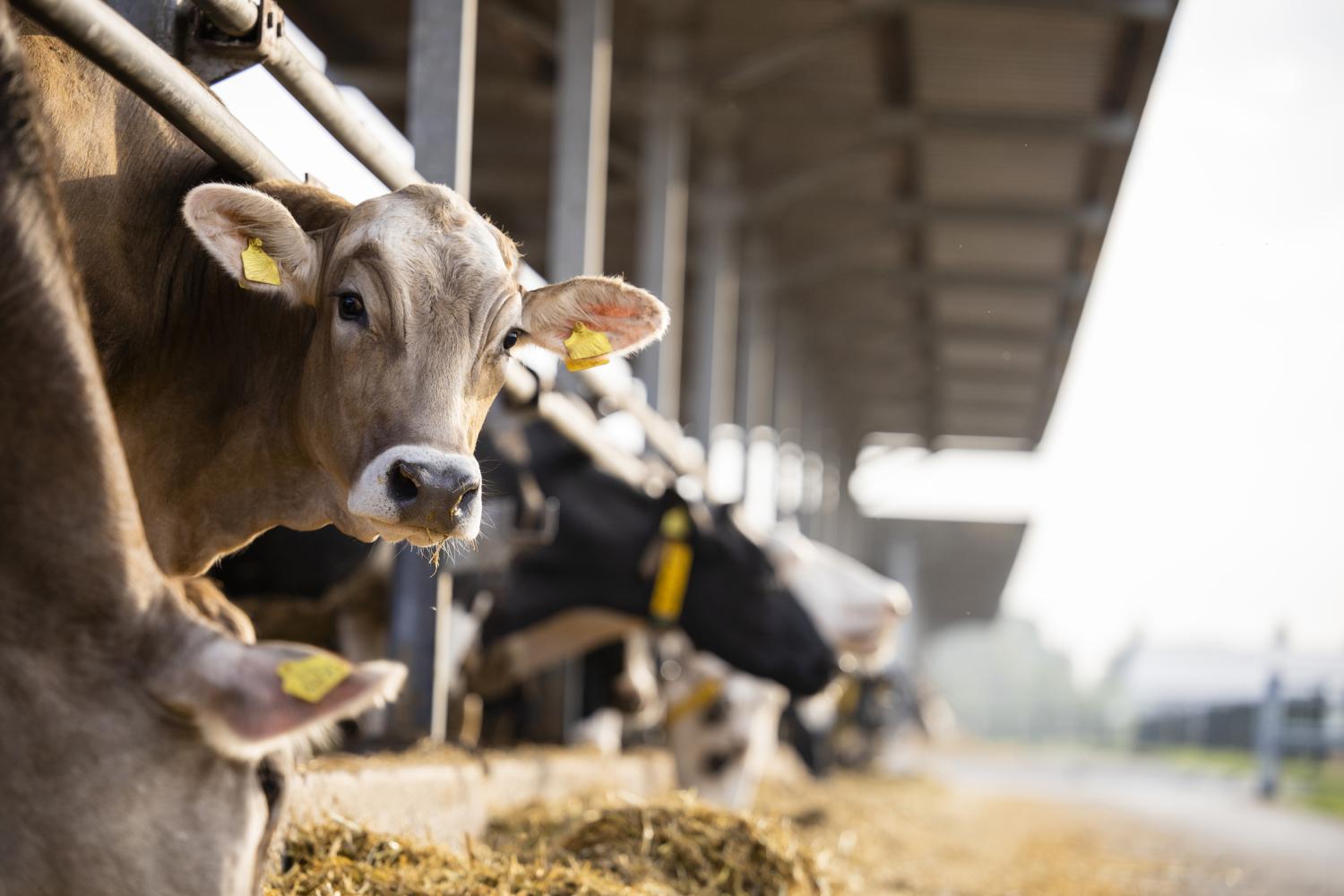Editor's Note: This story was updated on June 10, 2024, to note that Mexican authorities said the main died of chronic disease, not avian flu.
The World Health Organization (WHO) has confirmed that a 59-year-old Mexican man with no known exposure to infected animals has died after being infected with the H5N2 subtype of avian flu.
Mexico's Ministry of Health said the man, who died in April, was infected with H5N2 but died from other, underlying causes. He had chronic kidney disease, type 2 diabetes, and high blood pressure, which contributed to his death, the ministry said.
The WHO said the fatality does not change the current risk assessment to human health—low—for H5N2.
All 29 contacts test negative
The case-patient first developed fever, shortness of breath, and diarrhea on April 17, seeking medical care on April 24 at the National Institute of Respiratory Diseases in Mexico City. He was hospitalized and died the same day. A respiratory sample collected on April 24 indicated a non-subtypeable influenza A virus. and the Mexico National Influenza Centre confirmed the influenza subtype was A(H5N2) on May 22.
According to the Mexican Ministry of Health, the patient had a number of comorbidities, including chronic kidney disease, type 2 diabetes, and long-standing systemic arterial hypertension.
To date, 17 hospital contacts and 12 contacts who lived near the person’s residence have all tested negative for SARS-CoV-2, influenza A, and influenza B, as determined by reverse transcription-polymerase chain reaction (RT-PCR). Serologic tests are still pending.
"Due to the constantly evolving nature of influenza viruses, WHO continues to stress the importance of global surveillance," the WHO said.
Though how the man contracted the virus is unknown, Mexico did report a H5N2 outbreak on a backyard poultry farm in the state of Michoacan, which borders the state where the patient lived, the WHO said.
US human cases hold at four
Because new H5N1 crossover cases have been reported in a number of mammal species across North America, scientists have warned that human cases could follow. The United States has reported four human cases of H5N1, three of whom had exposure to dairy cows and one who had exposure to infected poultry.
So far, all US cases have been mild.
Yesterday, the Centers for Disease Control and Prevention (CDC) updated the current situation summary on H5N1 outbreaks in poultry and US dairy cows.
"While the current public health risk is low, CDC is watching the situation carefully and working with states to monitor people with animal exposures," the CDC said.
While the current public health risk is low, CDC is watching the situation carefully and working with states to monitor people with animal exposures,
Minnesota, Iowa report sick cows
Eighty-one dairy herds in nine states were infected as of yesterday, but that number increased today by two as Minnesota and Iowa announced their first detections of avian flu in dairy cattle.
In Minnesota, at least 40 animals in a Benton County dairy herd now have fevers, after only a handful of animals started showing signs of illness last weekend.
"We knew it was only a matter of time before this detection would reach our doorstep," said State Veterinarian Brian Hoefs, DVM, in a statement from the Minnesota Board of Animal Health. "It’s important for dairy farmers to follow the example of this herd and test sick cows. The more the animal health community can learn about this virus today through testing and research, the better we can equip ourselves to prevent infections tomorrow."
According to the statement, avian flu symptoms in dairy mostly affect late-stage lactating cows and include fever, a drop in milk production, loss of appetite, and changes in manure consistency.
In Iowa, state officials have confirmed the virus in a dairy herd in O’Brien County.
In addition to the new detections in Minnesota and Iowa, two more infections in herds in Texas yesterday raised the outbreak total to 86.



















